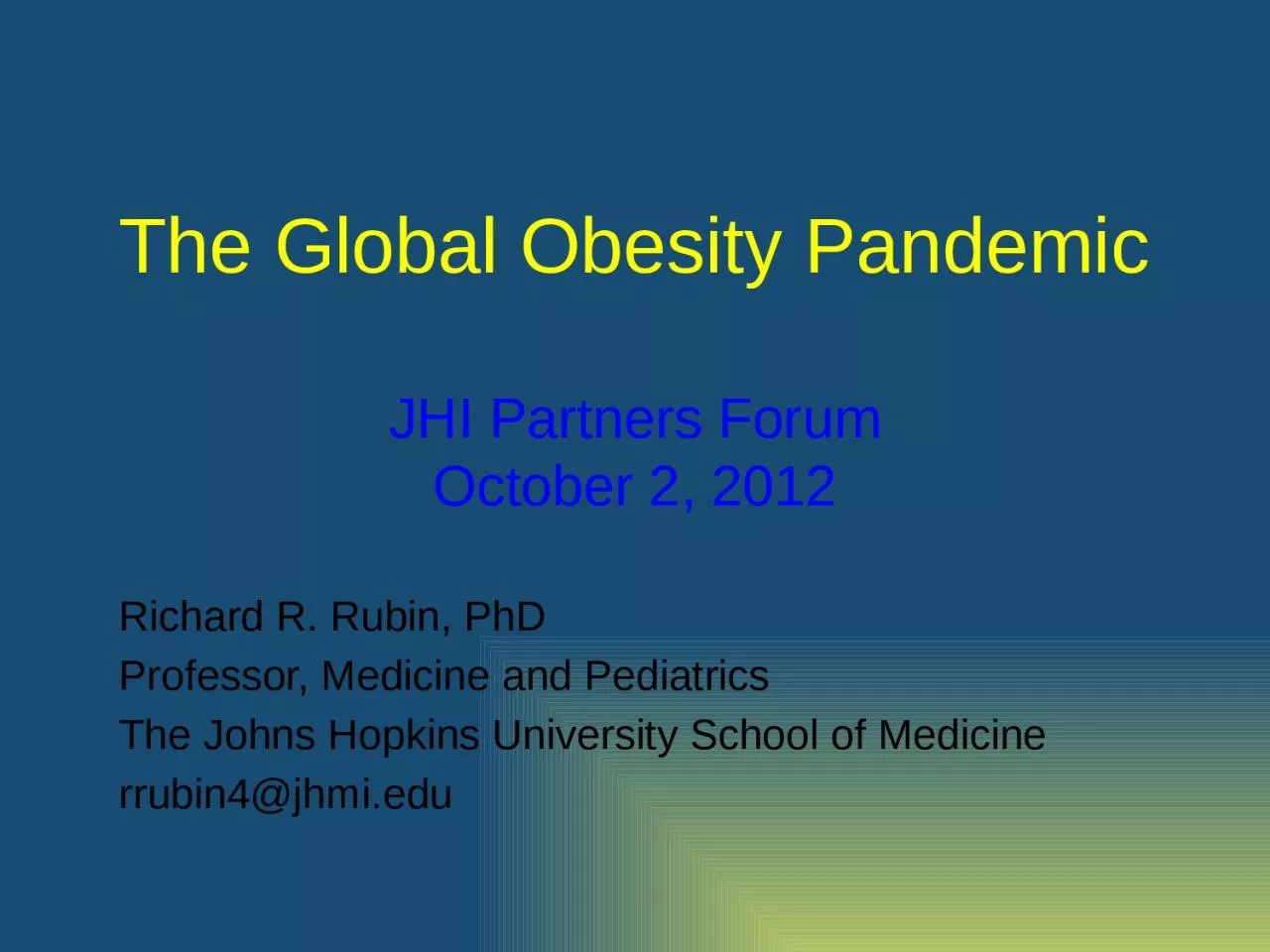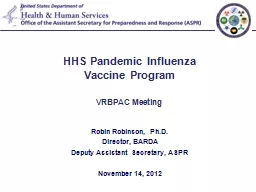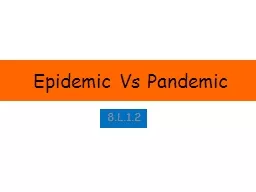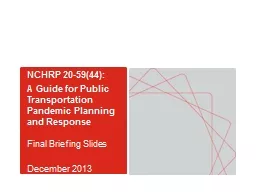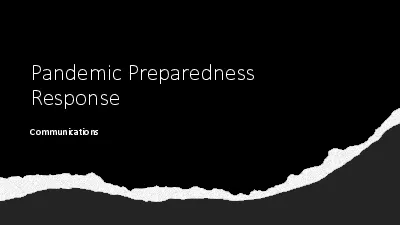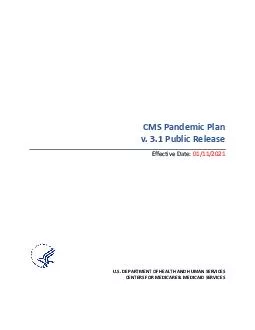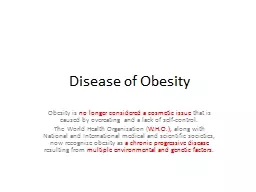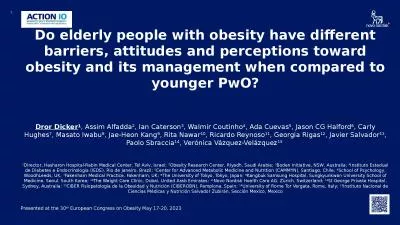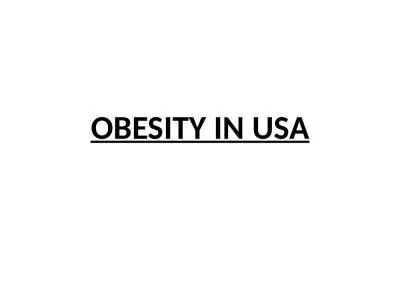PPT-The Global Obesity Pandemic
Author : jordyn | Published Date : 2024-02-09
JHI Partners Forum October 2 2012 Richard R Rubin PhD Professor Medicine and Pediatrics The Johns Hopkins University School of Medicine rrubin4jhmiedu Obesity Pandemic
Presentation Embed Code
Download Presentation
Download Presentation The PPT/PDF document "The Global Obesity Pandemic" is the property of its rightful owner. Permission is granted to download and print the materials on this website for personal, non-commercial use only, and to display it on your personal computer provided you do not modify the materials and that you retain all copyright notices contained in the materials. By downloading content from our website, you accept the terms of this agreement.
The Global Obesity Pandemic: Transcript
Download Rules Of Document
"The Global Obesity Pandemic"The content belongs to its owner. You may download and print it for personal use, without modification, and keep all copyright notices. By downloading, you agree to these terms.
Related Documents

